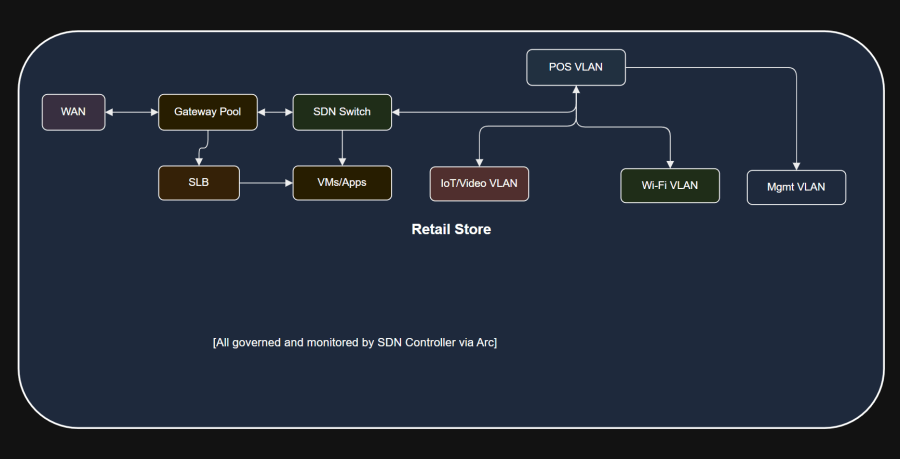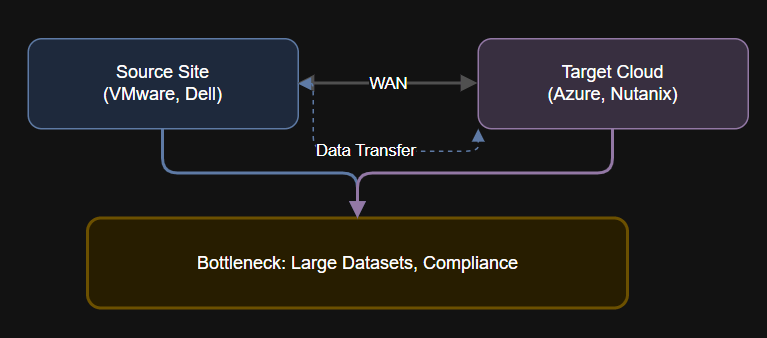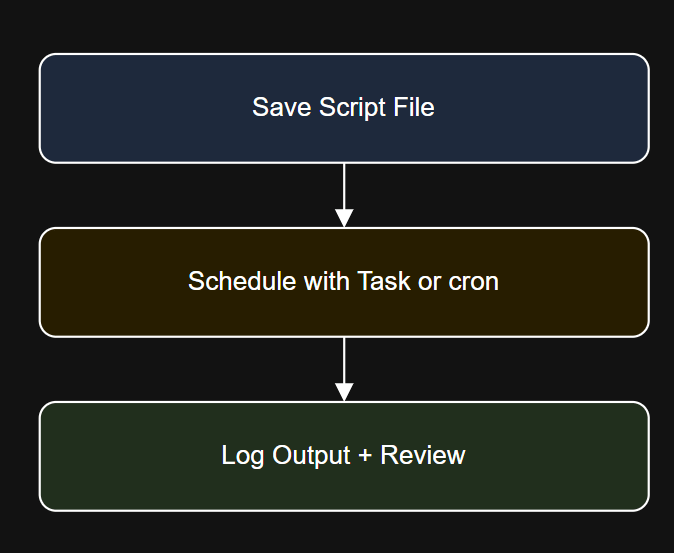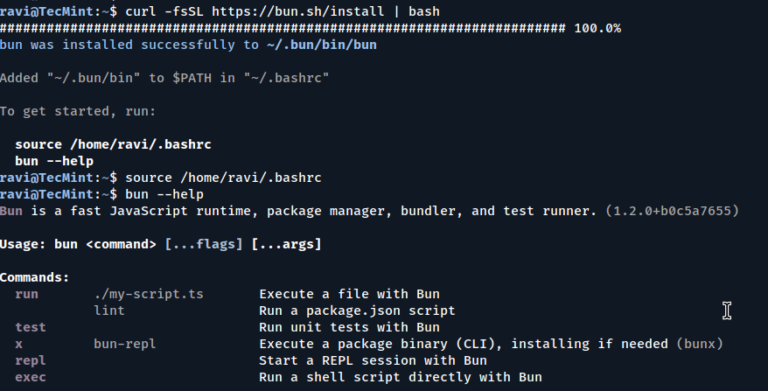Introduction
Scenario:
Manufacturing plant with strict separation between OT (operational tech) and IT, high security, and real-time telemetry needs.
Highlights:
SDN & Arc: The New Standard for Distributed Edge Networks
This article explores how Microsoft’s Azure Local SDN stack, anchored by Azure Arc, is being leveraged to modernize edge connectivity, security, and automation in real-world retail, factory, and branch environments. We’ll focus deeply on the retail sector, provide concise snapshots for factory and branch use cases, and supply practical topology diagrams for each. All examples use Microsoft-native SDN technologies only: SDN Controller, Software Load Balancer (SLB), Gateway Pool, and Virtual Filtering Platform (VFP).
Solution Architecture Overview
Highlights:
- Azure Arc: Extends Azure’s control and policy plane to on-premises edge locations
- Azure Local SDN Stack:
- SDN Controller: Centralized network control, policy management, and automation
- SLB: Distributes client, app, and service traffic efficiently and securely
- Gateway Pool: Manages north-south and egress traffic, including hybrid connectivity
- VFP: Enforces per-VM/app filtering, micro-segmentation, and telemetry
Deep Dive: Retail Edge Network Modernization
Scenario
Key Challenges:
5. VFP for Micro-Segmentation:
Isolates sensitive systems (e.g., payment networks) from less-trusted IoT or guest Wi-Fi devices.
- Highly distributed topology (hundreds/thousands of sites)
- Security and compliance (PCI DSS, GDPR)
- Need for local survivability and high availability
- Efficient app/service rollout to all locations
- Real-time telemetry and rapid troubleshooting
SDN + Arc Retail Solution
4. Gateway Pool for Hybrid Access:
Secure egress to HQ, supply chain partners, and cloud services via managed, policy-driven gateways.
Diagrams, real-world detail, and code are included above for easy reference and implementation.
resource arcSdnController 'Microsoft.HybridNetwork/sdnControllers@2024-04-01' = {
name: 'retail-store-sdn'
location: 'EdgeSite1'
properties: {
managementEndpoint: 'https://sdncontroller.local'
arcIntegration: true
}
}
2. Software Load Balancer (SLB)
- L4-L7 traffic distribution for VMs, services, or IoT endpoints.
- Resilient to WAN loss: can reroute locally.
Enterprise networks are being radically transformed by the convergence of Software Defined Networking (SDN) and edge orchestration platforms like Azure Arc. Nowhere is this transformation more urgent—or more rewarding—than in highly distributed industries such as retail, manufacturing, and multi-branch enterprises.
Imagine a national retail chain with hundreds of stores, each operating a mini-data center for point-of-sale (POS), IoT sensors, video analytics, and local customer services. These sites require robust connectivity, zero-trust security, and centralized policy—without on-site IT staff.
Retail Store Edge Topology

Scenario:
A regional sales office needs secure hybrid connectivity, BYOD support, and easy integration with cloud services.
- SDN Controller: Governs all network segments, implements policy from Arc.
- SLB: Balances traffic for POS and digital service VMs.
- Gateway Pool: Handles secure connectivity to HQ/cloud.
- VFP: Applies security filtering and traffic telemetry at each VM/app.
Factory & Branch Network Snapshots
Factory: Secure, Automated OT Network
Scenario:
A regional sales office needs secure hybrid connectivity, BYOD support, and easy integration with cloud services.
- Strong micro-segmentation between OT/IT.
- Policy updates (e.g., firewall) delivered via Arc.
- Local survivability for manufacturing continuity.
Branch Office: Agile Connectivity & Zero Trust
Scenario:
A regional sales office needs secure hybrid connectivity, BYOD support, and easy integration with cloud services.
- Branch-to-cloud connectivity via SDN-managed gateway.
- VFP enforces user/device security policies.
- Rapid provisioning and automation from Arc.
Technical Walkthroughs: Key SDN Building Blocks
1. Azure Local SDN Controller
- Orchestrates all on-site SDN functions.
- Receives policy/configuration via Azure Arc (GitOps, ARM, Bicep).
- Example Bicep for registering a new SDN Controller with Arc:
Disclaimer: The views expressed in this article are those of the author and do not represent the opinions of Microsoft, my employer or any affiliated organization. Always refer to the official Microsoft documentation before production deployment.
2. SDN Controller at Each Store:
Deployed as part of Azure Local, the SDN controller governs all virtual and physical switching within the site.
1. Centralized Policy via Azure Arc:
Arc projects Azure’s RBAC, GitOps, and security policies to each store’s local SDN controller.





